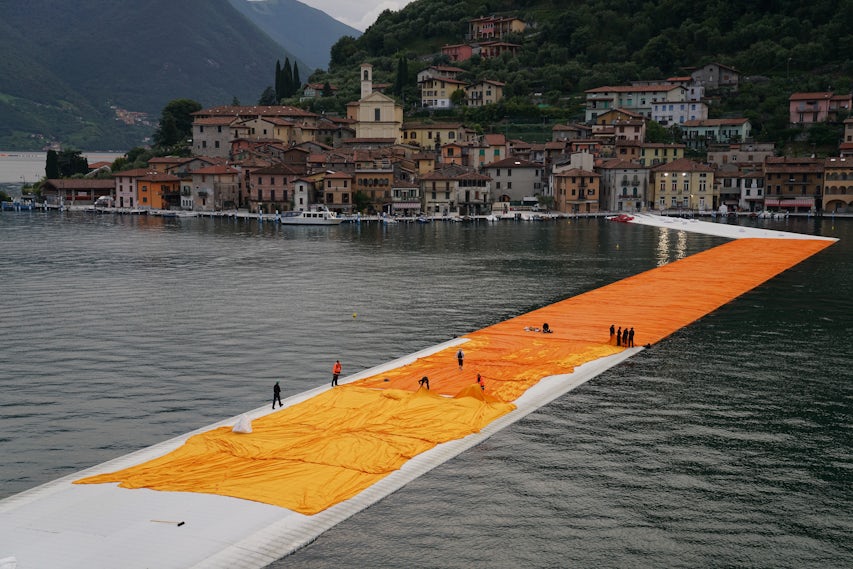The DNA double helix is an example of science at its most poetic. The image of symmetrical, twisting strands encasing the blueprints for life is so elegant one would think it came from one of da Vinci’s notebooks.

Vienna and Beijing–based firm Penda — winner of the Emerging Firm of the Year Award at this year’s A+Awards — has drawn on the beauty of the double helix in its design for a new suspension bridge, which is planned for completion in Beijing in time for the 2022 Winter Olympics. Like the Millennium Bridge in London and the Samuel Beckett Bridge in Dublin, the San Shan Bridge looks set to earn a place among the world’s most lyrical bridge designs.

The bridge will span the Giu River, linking the city of Bejing to the mountainous region of Zhangjiakou to the north, where the Olympic games will be held. In addition to DNA, the helix design also refers to the Olympic rings.
In fact, the supports technically consist of six rings that interlock at both the top and bottom. By rearranging the Olympic logo in a way that allows it to point to other referents, Penda has succeeded in creating a design that will remain relevant long after the games are through.

In Mandarin, “San Shan Bridge” means “The Three Mountain Bridge.” This refers both to the bridge’s own three peaks and the three highest peaks of the Tianhuang Mountain range, which will be clearly visible to motorists traveling over the bridge.
The structural rationale for the San Shan Bridge is particularly innovative: an emphasis was placed on allowing the bridge to be as slender and light as possible so as not to overwhelm the rolling mountains of the landscape. By utilizing a double helix design, the bridge uses one fifth of the amount of steel as a conventional box girder bridge.

A physical model of the San Shan Bridge
For more elegant and innovative designs from one of architecture’s most exciting young firms, check out Penda’s in-depth firm profile and read our exclusive interview with practice cofounder Chris Precht.

All images courtesy of Penda









